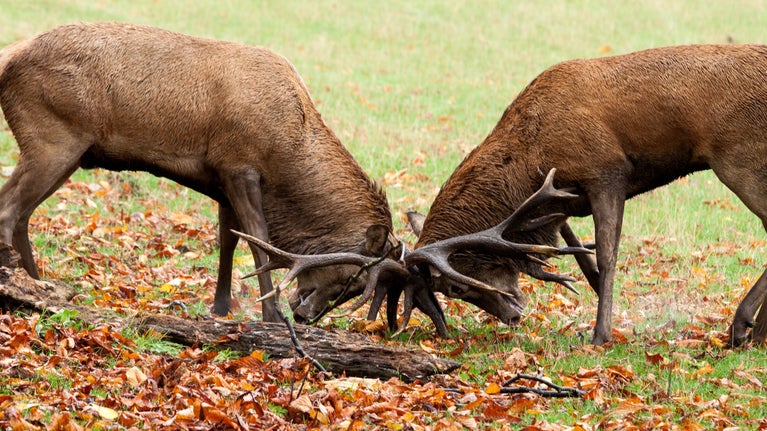
Explore the natural world
From learning how to identify trees to discovering the underwater world of rockpools, pick up some top tips to help you get closer to nature.

As the last vestiges of summer sun fade away, some of the UK’s best-known butterfly species begin to settle in to wait out the colder months. Here’s how you can spot hibernating butterflies during the winter, and what you can do to help them survive until spring.
Five of our 59 resident species of butterfly spend the winter hibernating, though few studies have been done as to precisely where and how they hibernate. These species enter hibernation unmated, and pair up in the spring.
The brimstone usually hibernates amongst tangles of bramble or ivy in sheltered, sunny places. They emerge on the first days of spring sunshine, when the temperature reaches 13C.

We don’t really know where the comma hibernates, as very few of them have ever been caught in the act. They mimic dead leaves, which may be a clue. A few have been found amongst honeysuckle tangles and in coppiced hazel bushes, but they are perhaps too cryptic to find.
The other three hibernating species seem to be associated with holes and hollows. Peacocks enter hollow trees, log piles and old rabbit holes. But along with small tortoiseshells and some red admirals, they also regularly hibernate in buildings. These three prefer unheated sheds, garages and attics, especially buildings which are dark, dingy and rather damp.

Peacocks, small tortoiseshell and a few red admirals often choose cold, damp buildings and tunnels – also used by many bats.
World War II pillboxes have long been favoured, by both bats and butterflies, and also hibernating herald moths. You can see peacock butterflies hibernating in pillboxes on Studland Heath, Dorset.
Central heating is disastrous to hibernating butterflies as it causes them to desiccate – so if you find a butterfly hibernating in your house, rouse it gently and relocate it to a sheltered spot outside (such as garden shed).

From learning how to identify trees to discovering the underwater world of rockpools, pick up some top tips to help you get closer to nature.
Learn how to spot red squirrels, the best times to see them and how to tell them apart from grey squirrels.

Take a look at our guidelines for responsible seal spotting and top tips for seal watching.

Discover how we work to support a rich variety of land, nature and wildlife across England, Wales and Northern Ireland.
